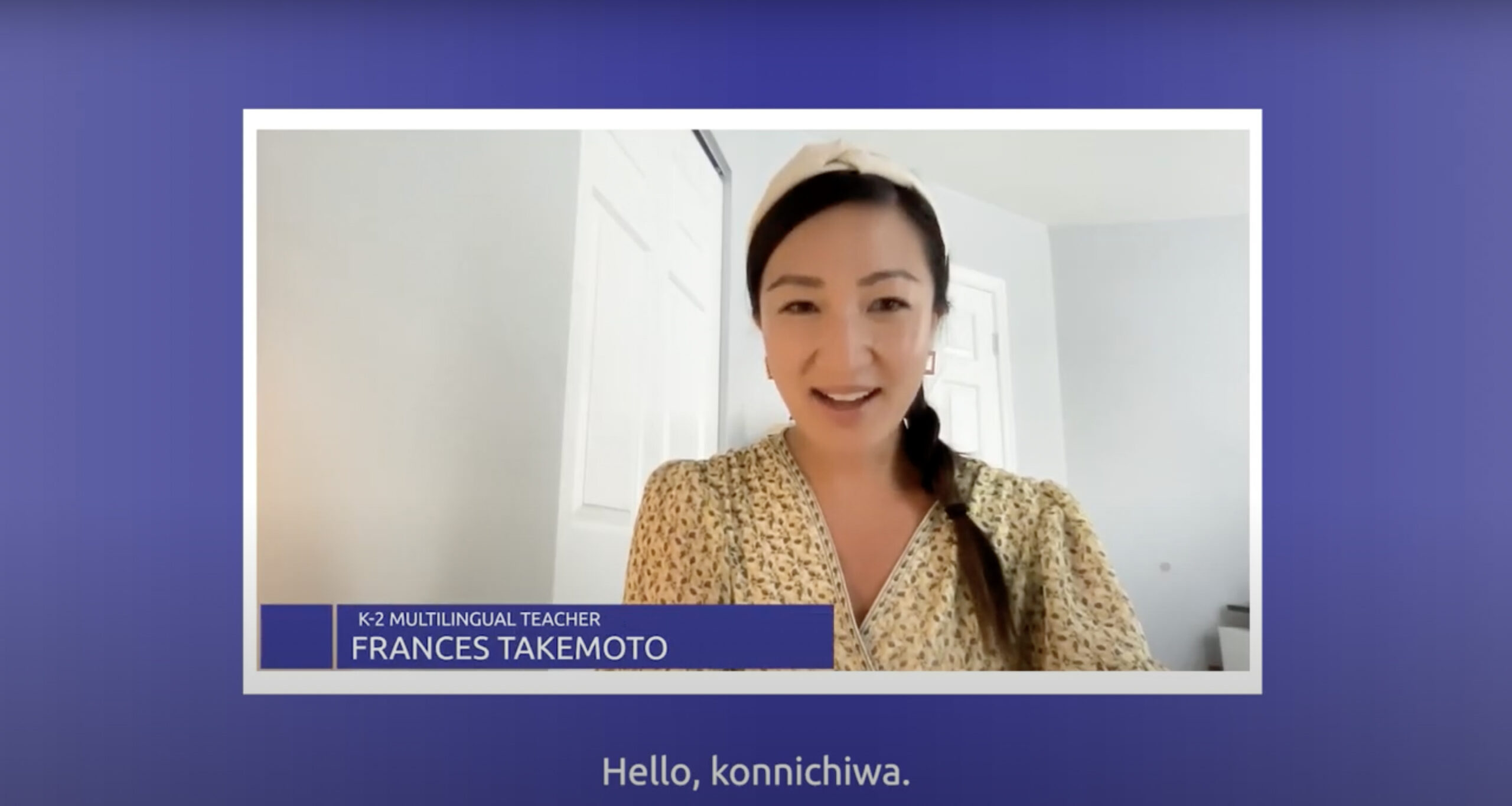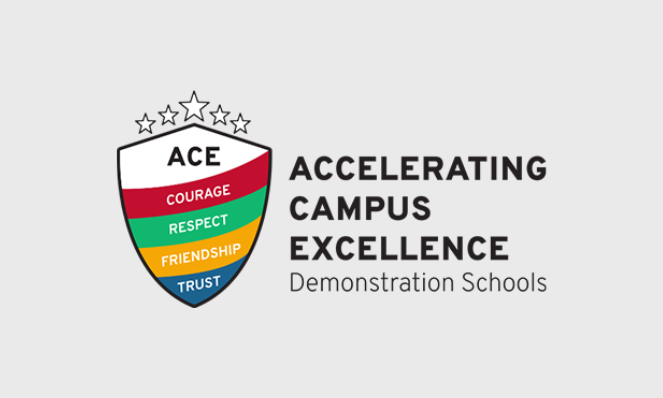
Language objectives can unlock reading skills for multilingual learners
This post includes:
- a brief overview of how language objectives can reinforce foundational skills for multilingual learners,
- a free and practical guide for leading programs that center language development in Tier 1 reading instruction, and
- short videos of instructional leaders and teachers sharing how they plan to implement language objectives alongside foundational reading skills during the 2023–24 school year.
To help multilingual learners (MLs)—referred to as English learners (ELs) in federal documents—read proficiently, educators must center language development in Tier 1 reading instruction.
Both language and literacy are critical domains of early education and require the development of similar knowledge and skills. The academic standards of the two domains in early grades share an emphasis on background knowledge, meaning making, and expression. However, there are subtle differences between language and literacy development that are critical to consider in order to ensure that MLs get the most out of early literacy instruction. Though connected to the core literacy standards, English language development (ELD) and/or Spanish language development (SLD) standards provide a distinct focus on building knowledge about the new language and how it works as well as what students need to do with language to accomplish content-specific tasks. When reading instruction is delivered without this explicit attention to language, MLs are denied opportunities to develop literacy skills.
Language objectives are an effective tool to ensure that there is dedicated support for language development during Tier 1 reading instruction. Many educators are familiar with using content objectives to identify what they want students to learn and understand by the end of a lesson. Language objectives take content objectives one step further—they identify how students will authentically use language to engage with the content of the lesson, in alignment with the four domains of speaking, listening, reading, and writing. In other words, language objectives reinforce content objectives to make sure that students are practicing the target language.
For example, let’s say an early literacy teacher in an ELD program is teaching the alphabet. They can reinforce the content objective—reciting the alphabet—with the following language objective:
Retell personal experiences and/or make personal connections.
To meet this objective, the teacher could prompt students to share personal experiences with the alphabet:
When I first started learning the alphabet, I ___.
___ helps me remember the alphabet and the names of the letters.
Alternatively, the teacher could help students make personal connections to their languages:
The alphabet in my language has ___, but the English one does not (or vice versa).
OR, ___ is the same in the alphabet in my language and English.
Language objectives allow MLs to make meaning of the foundational skills they’re learning within the context of their personal experiences and languages.
This is especially important during foundational skills instructional blocks. When focused exclusively on discrete skill-building, foundational skills lessons omit any opportunity for MLs to advance oracy skills through authentic language use.
It’s important to note that there is no one “right” language objective to reinforce a given foundational skill—teachers should feel empowered to decide where to focus based on their students’ demonstrated needs. And, though the example shared above is set in an ELD program, language objectives can be applied to any language of instruction (including dual language programs).
Teachers can begin the process of identifying language objectives by considering:
- What are the language demands of the foundational skills lesson and tasks?/ What do MLs need in order to understand the teacher’s directions, prompts, examples, etc.?
- What are the language features and functions that need to be made explicit to students in order for them to discuss the content (including decodable texts)?
- What support might MLs need to be able to understand and engage with the language objective prompts?
For more detailed guidance on developing language objectives, check out this resource from Colorín Colorado. (Note that some links in this article are outdated—please consult your state’s current ELD standards to inform your language objectives.)
A guide for centering language development in Tier 1 reading instruction.
For many educators, the pairing of language and content objectives represents a new approach to teaching MLs. Staff training for language instruction educational programs (LIEPs) typically focuses on teaching students to use and understand language for social, instructional, and content-specific purposes across all domains of language (speaking, listening, reading and writing); it does not always include background in teaching foundational skills. To center language development in Tier 1 reading instruction, and specifically during foundational skills lessons, school systems need to build the capacity of:
- LIEP staff (e.g., ELD and bilingual teachers) and general educators to identify opportunities for students to use language connected to the grade-level content (in this case, foundational skills) in meaningful ways that advance their language proficiency, and
- instructional leaders to provide teachers with the resources and support they need to do this work well.
We know that this degree of coordinated change can feel daunting. That’s why we created a short guide to help school systems ensure that MLs receive quality literacy education that integrates attention to language development explicitly.
Leading Programs that Accelerate Language and Foundational Literacy includes:
- An overview of federal requirements for providing programs and instruction to meet the needs of MLs
- Leadership strategies to help ensure that MLs receive quality literacy education
- Sample student language frames to support language objectives aligned to specific foundational skills
- Additional resources for supporting high-quality literacy instruction for MLs
guide
Putting the guide into practice: Supporting and implementing language objectives
Instruction Partners engages an advisory council of teachers and bilingual program leaders from across the country to develop and refine our tools for supporting MLs. In the short videos below, council members share how they plan to implement this guide into their instructional leadership and classroom practices.
Instructional leaders
Sylvia Ibarra Delgado, a managing director of multilingual services in Illinois, and Sandra Prades-Bertran, a district literacy coach in California, reflect on how they can use the guide to inform teacher professional development, classroom observations, and coaching during the 2023–24 school year.

LIEP staff and general educators
Frances Takemoto, K–2 multilingual teacher in Tennessee, and Raissa Lee, a dual language teacher educator in California, explain how they can implement sample student language frames to provide opportunities for guided language skills practice, positive reinforcement, and productive feedback.

For more detailed guidance, tools, and templates for supporting high-quality, responsive reading instruction, check out our free Early Literacy Playbook.
Interested in partnering with us to dig into effective literacy practices for multilingual learners? Learn more about our Multilingual Learner Early Literacy Partnership Pilot.


